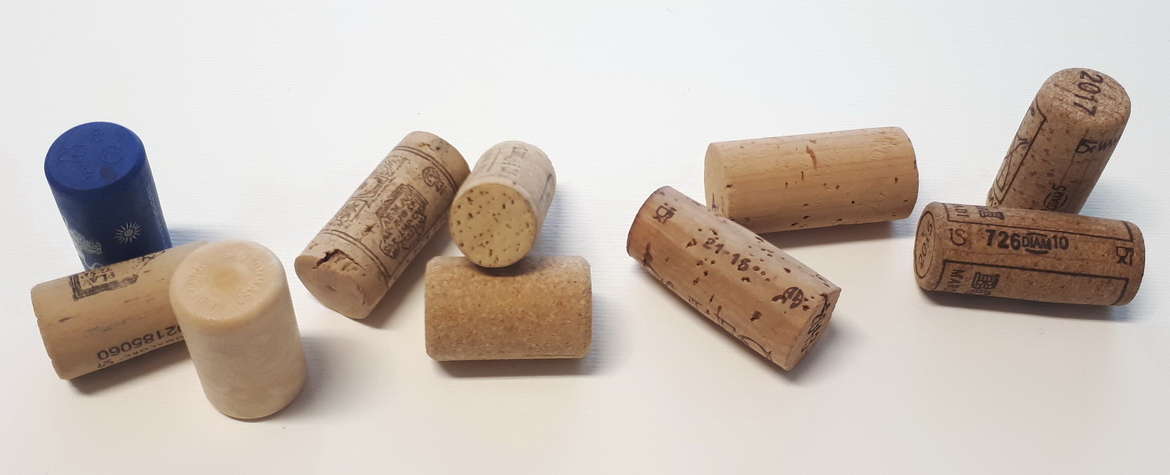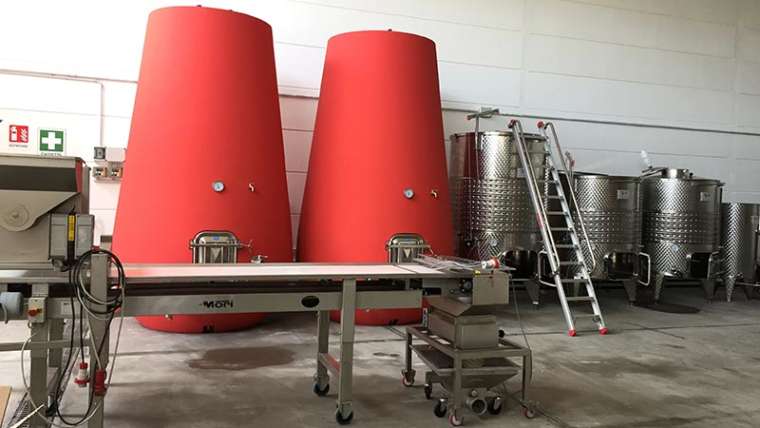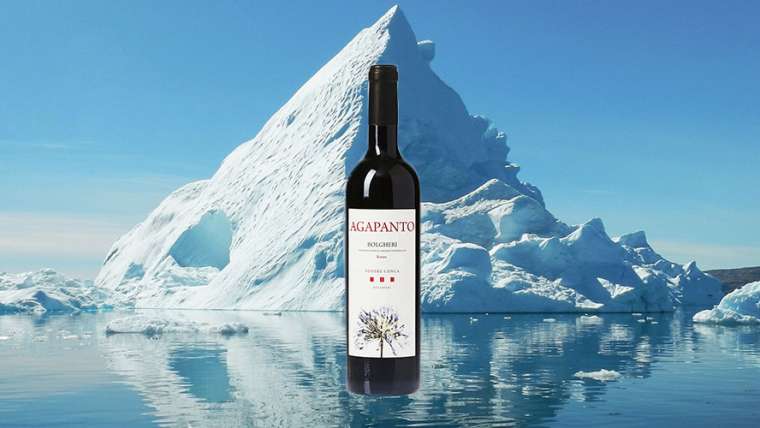The choice of the cork comes after a difficult and complicated selection process with many variables
Indeed, cork has the important “technical” task to preserve wine for long time without absorbing bad smells.
At the same time, it is important for subliminal communication immediately recalling the great “tradition” of the world of quality wines, which have been ageing in bottles for a long time.
Today the market offers a variety of corks.
Some corks are technologically advanced and innovative, studied to solve the problem of smells, but they are far from the “traditional image” of the classical cork of great wines.
So, the choice becomes almost Hamletic: either an innovative cork guaranteeing wine quality, but far from traditional aesthetics, or a “classical” cork visually respecting tradition, but with the risk of some corked bottles?
That is why, at Podere Conca, we have recently had a meeting to discuss and value the different available options and to choose the final solution for next years.
We started analysing pros and cons of the different corks on the market.
Stelvin Stopper Cap: it is a screw cap chosen by many companies, above all those from the “new world” of wine-making, such as South Africa, South America, Australia and New Zeeland, above all for young wines, which must be consumed within a year. Without doubt it is safe and airtight; the wine cannot be “corked” because it is made in an inert material, thanks to which the wine doesn’t oxide. But perhaps that is not the best choice for an evolving product as wine, which will stay in bottles for some years before being drunk.
Indeed, as regards the aesthetic look and the link to tradition, the Stelvin screw cap doesn’t meet the needs of people who want a classic bottle to uncork with a corkscrew.
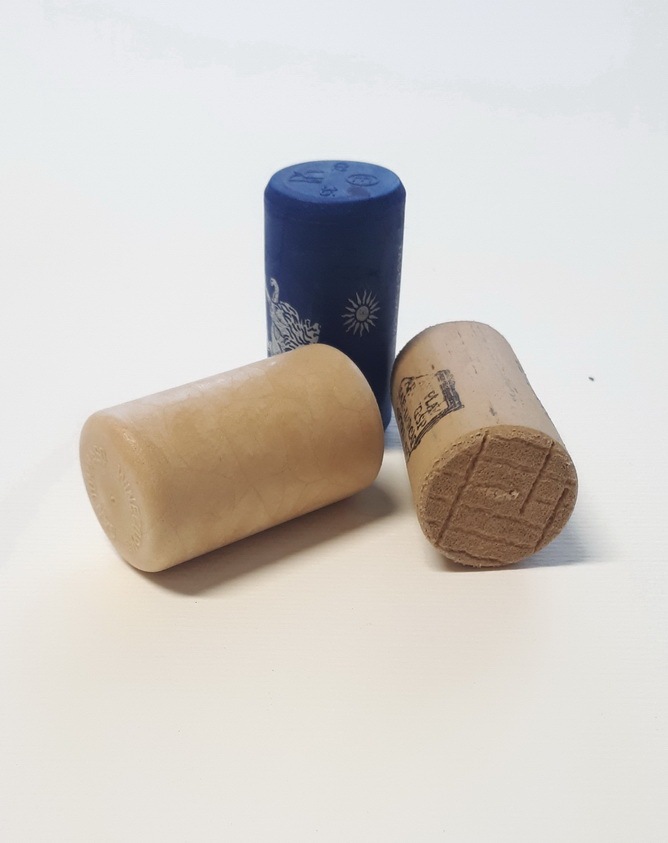
Silicone Stopper Cap: airtight and safe as regards bad smells, it allows keeping the pleasure of traditional uncorking. It stops the air as well as a screw cap, but it is not ideal for wines which must stay in the bottle for a long time. On the contrary, it is ideal for wines ready to drink.
Indeed, this cap is generally selected for cheap wines and not for fine wines, because silicon is not a natural material and generally has a low cost compared with other types.
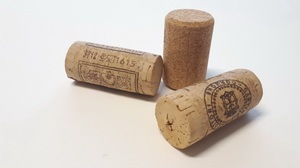
Microgranulate Stopper Cap, despite being cheap, it is more like natural cork, at least to the touch. Microgranulate consists of small cork pieces of different sizes held together by different materials depending on the producer. The grain size and the type of glue make the cork elastic and determine the suggested time of ageing of bottled wine, as they regulate the air passage through the interstices thanks to their permeability.
The agglomerate duo-disk stopper type is made of two cork disks on both sides of the stopper, while the internal part is made in microgranulate, therefore the surface in touch with wine is in cork.
But the amount of oxygen passing throughout the internal side of stopper cap is smaller compared with that of natural cork, plus the ends can have unpleasant flaws due to TCA compounds and off-flavours or to the absorption of different smells.
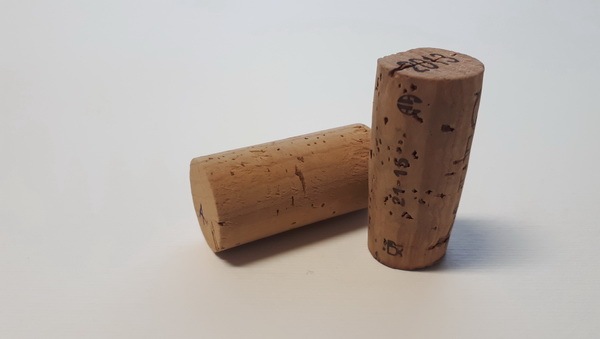
Natural Cork: also called one-piece cork to distinguish it from the above ones. It is the natural cork par excellence that is traditionally used for fine wines needing a long ageing time in the bottle. Unfortunately this cork can release unpleasant smells, as “corked tastes” for example or other smells difficult to identify, called off-flavours, which the consumer doesn’t know if due to cork or wine; therefore, this choice would penalize the wine producer.
In last years, to solve the problems linked to defective corks, many cork factories have studied and developed different cork treatments aimed at guaranteeing corks free from bad smells.
After having discussed, we chose the last type of stopper.
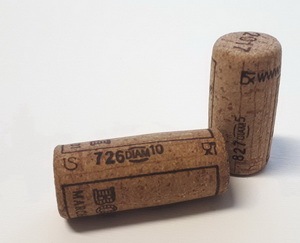
DIAM stopper: our choice
It is a technological stopper in cork developed by a French cork factory with a peculiar treatment made on assembled cork pieces so to allow air permeability depending on the type selected. This cork guarantees a non-defective wine in the respect of its olfactory profile, but at the same time, it also guarantees a micro-passage of air, so that the wine can evolve in the bottle during years.
.Indeed, the glue among the different cork pieces is 100% vegetable, consisting of beeswax: the cork factory producing it is actively committed in sustainable consumption of energy and cork mills.
In particular, for our Agapanto 2018 we choose DIAM10 cork: meaning that the cork guarantees the wine evolution for at least 10 years in the bottle.
We decided to privilege innovation as a guarantee of wine quality in the respect of tradition and aesthetics, confident that our customers will understand and approve our choice.
For more information, please visit website www.diam-sugheri.com
by Silvia Cirri, Linda Franceschi e Laura Zuddas

